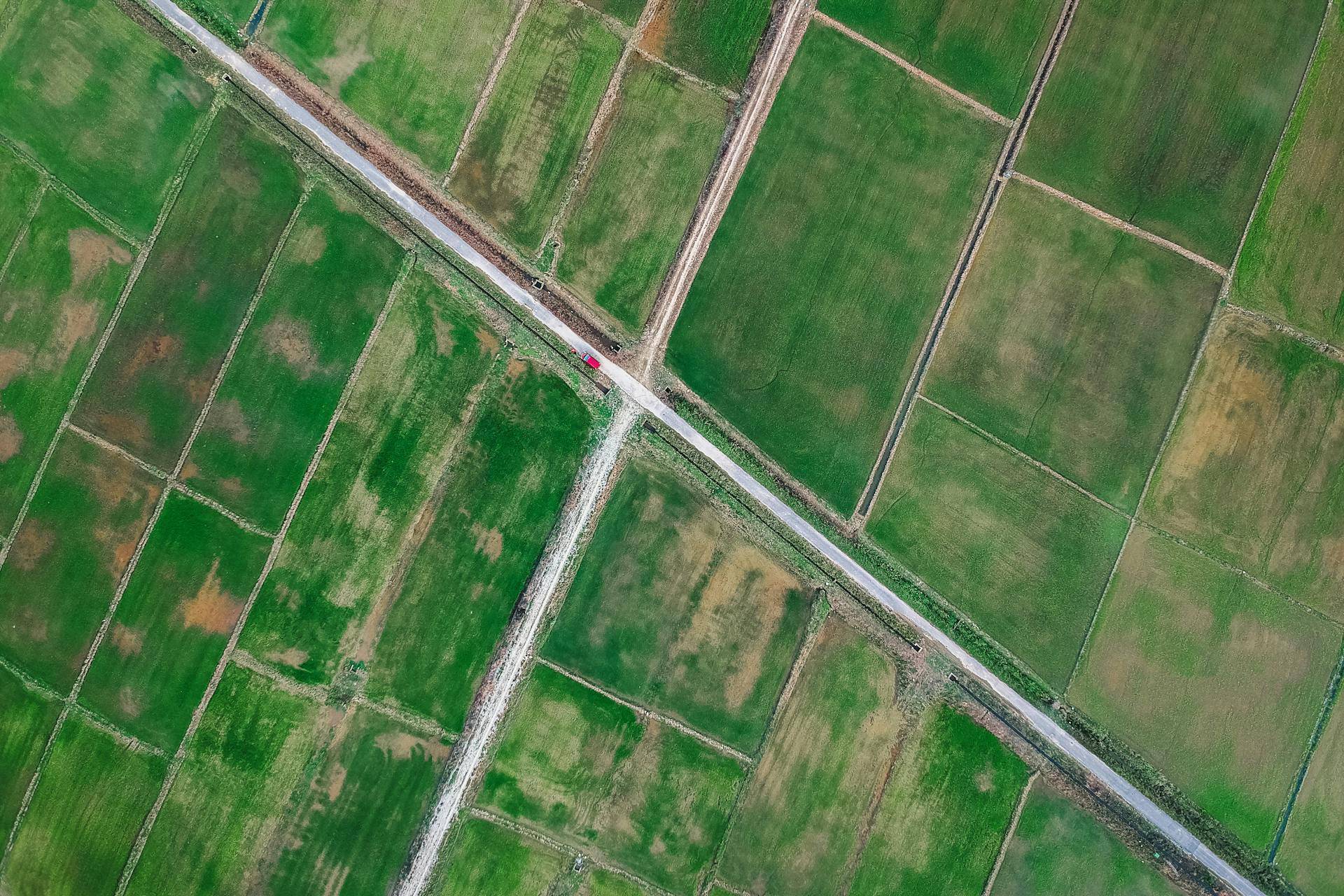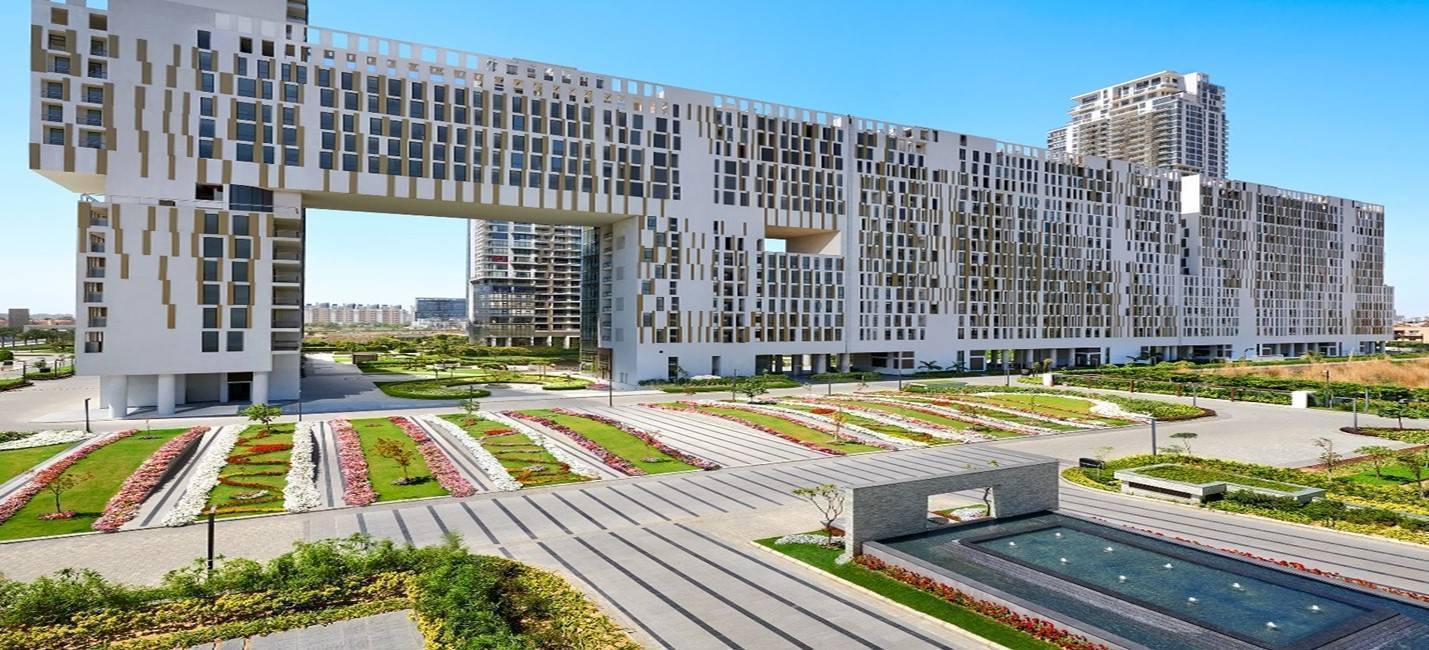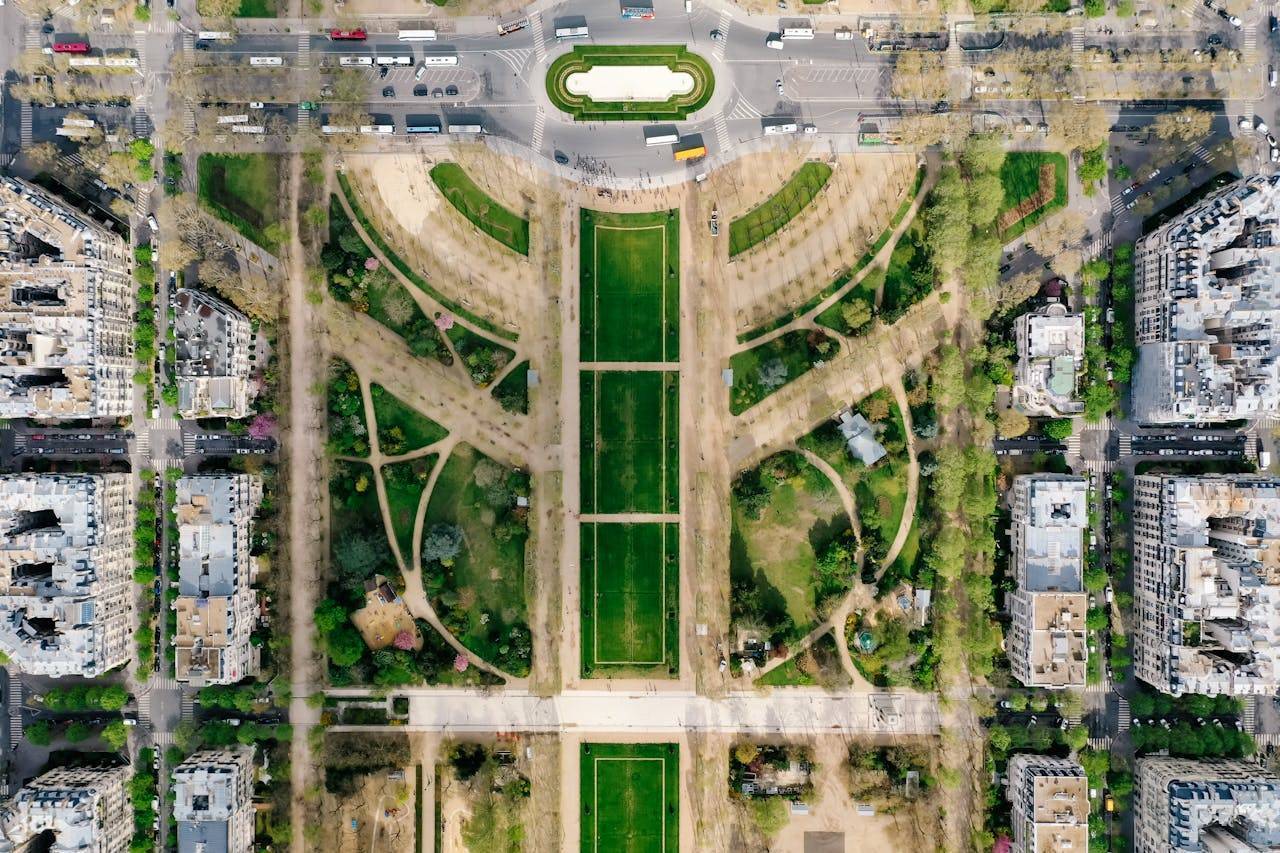The Goa government’s recent decision to hike the minimum land prices by 130% in the Bardez and Pernem regions is set to significantly impact the state’s real estate market. This price adjustment is driven by increased demand, particularly due to Bardez’s popularity among tourists and Pernem’s strategic importance with the development of Mopa airport.
Understanding the Price Hike and Regional Importance
Goa’s Bardez and Pernem talukas have seen substantial real estate activity in recent years, particularly due to their proximity to major tourist destinations and key infrastructural developments. Bardez, home to popular spots like Calangute, Candolim, and Anjuna, is a magnet for tourists and investors alike, driving up the value of land. Pernem, on the other hand, has gained importance with the construction of the Mopa International Airport, further solidifying its appeal to both commercial and residential developers.
The 130% hike in minimum land prices is part of the government's strategy to align property values with market trends. This increase will directly impact land transaction costs, as buyers and developers will now face steeper investments. However, it also offers a potential upside in terms of government revenues, as higher land prices translate into increased property taxes and fees.
Drivers Behind the Price Increase
Several factors have contributed to the Goa government’s decision to implement such a steep increase in land prices in Bardez and Pernem. The primary driver is the growing demand for real estate in these regions. Bardez, a coastal gem with its famous beaches, is an attractive destination for tourists and a hub for luxury resorts, villas, and holiday homes. This has pushed up property prices over the years, with buyers seeking prime locations near the coast.
Pernem, with the development of the Mopa Airport, has emerged as a new frontier for commercial and residential projects. The airport’s opening has triggered a surge in land development activities, as it is expected to enhance connectivity and boost tourism and business in North Goa. Real estate developers are eyeing the area for upcoming projects, anticipating future growth in demand for residential, commercial, and hospitality properties.
Implications for Buyers and Developers
The 130% increase in land prices will have mixed consequences for different stakeholders in the Goa real estate market. For buyers, particularly first-time home buyers and smaller investors, this price hike could be a deterrent. With land acquisition costs rising, the overall expense of property development, including residential homes, could see a significant spike. This could push some buyers to look for more affordable alternatives in less sought-after regions of Goa.
On the other hand, developers and real estate companies might view this as an opportunity. With land prices increasing, the value of existing real estate assets in these regions is expected to rise. For developers with ongoing projects in Bardez and Pernem, the price hike could enhance the market value of their properties, leading to higher returns on investment. However, it will also require careful planning and resource allocation, as the cost of acquiring new land parcels becomes more prohibitive.
Impact on Local Economy and Tourism
Goa’s economy, largely driven by tourism, stands to benefit from this land price revision, but there are potential challenges. For one, higher land prices may deter smaller hospitality businesses, such as guesthouses and boutique hotels, from expanding. However, the increased costs may be more easily absorbed by larger resorts and hotels, particularly those catering to international tourists and luxury travelers.
The development of Pernem due to the new airport also offers an opportunity to diversify Goa’s tourism base, attracting both domestic and international visitors who seek more than just beach holidays. Increased land prices, combined with the new infrastructure, could position Pernem as a premium real estate destination. However, this comes with the risk of pushing local populations out of the real estate market, as they might find it difficult to afford land at such inflated prices.
Future Outlook for Goa’s Real Estate Sector
As Goa continues to develop as a premier tourist and investment destination, the government's move to increase land prices in Bardez and Pernem could be the first of many adjustments. While this change reflects the region's growing importance, it also places pressure on the local housing market. Increased property costs could lead to a rise in rental prices, impacting both locals and tourists who rely on affordable accommodation.
In the long term, this price hike could lead to further gentrification in these areas, where only higher-income buyers and developers can afford land. This might limit opportunities for middle-class families or small business owners to invest in property. Additionally, the higher land values may prompt developers to focus on luxury and high-end developments, pushing affordable housing further to the periphery of Goa’s real estate market.









.png)